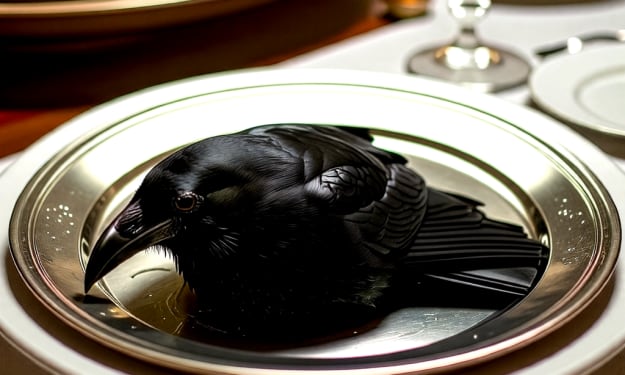
Introduction:
In the vast expanse of the sky, where light meets water, a spectacle of colors unfolds - the enchanting phenomenon known as a rainbow. Beyond its meteorological origins, the rainbow has undergone a profound transformation, emerging as a symbol of pride, unity, and diversity within the LGBTQ+ community. This article unravels the intricate journey of the rainbow, tracing its natural genesis and the evolution of its symbolism in becoming the iconic flag of LGBTQ+ rights.
The Birth of Rainbows:
Nature's palette, the rainbow, is born from the ballet of sunlight and water droplets. When rain hangs in the air and sunlight penetrates the mist, each droplet acts as a prism, refracting and dispersing the light into the rich spectrum we admire. This celestial masterpiece has fascinated cultures throughout history, finding its way into myths, folklore, and artistic expressions.
Newton's Prism: A Scientific Revelation:
In the 17th century, Sir Isaac Newton, in his pioneering experiments with prisms, unraveled the scientific mystery behind the dispersion of light. His groundbreaking work laid bare the physics of rainbows, revealing the intricate dance between sunlight and water droplets, providing a scientific basis for what was once a mystical phenomenon.
Rainbows Across Cultures:
The allure of rainbows extends beyond the scientific realm; various cultures have interwoven them into their stories and beliefs. From ancient myths portraying rainbows as bridges connecting realms to indigenous cultures attributing spiritual significance, the rainbow has held a multifaceted role in shaping cultural symbolism.
The Evolution of the LGBT Rainbow:
The embrace of the rainbow as a symbol of the LGBTQ+ movement burgeoned in the latter part of the 20th century. As the fight for LGBTQ+ rights gained momentum, there arose a need for a unifying emblem. The rainbow, with its diverse spectrum of colors, resonated as a potent symbol of inclusivity, reflecting the manifold identities within the LGBTQ+ community.
Gilbert Baker's Flag:
The first iteration of the LGBTQ+ rainbow flag was crafted by artist and activist Gilbert Baker in 1978. This original flag featured eight colors, each carrying specific symbolic weight. Pink symbolized sexuality, red represented life, orange denoted healing, yellow stood for sunlight, green embodied nature, turquoise reflected magic or art, indigo represented serenity, and violet encapsulated spirit.
Streamlining the Design:
In subsequent years, the rainbow flag underwent modifications to streamline its design for mass production. Today, the modern LGBTQ+ rainbow flag typically comprises six colors: red, orange, yellow, green, blue, and violet. This design has become the widely recognized emblem of LGBTQ+ pride across the globe.
Symbolism of Colors in the LGBT Rainbow:
Each color within the LGBTQ+ rainbow flag holds profound significance, symbolizing various aspects of the LGBTQ+ experience:
Red: Symbolizes life within the LGBTQ+ community.
Orange: Represents healing, acknowledging the resilience and recovery from past struggles.
Yellow: Embodies sunlight, signifying the brightness of the LGBTQ+ community.
Green: Symbolizes nature, emphasizing growth, and the ongoing journey towards acceptance.
Blue: Reflects serenity, highlighting the need for peace and harmony.
Violet: Represents spirit, acknowledging the diversity and vibrancy of the LGBTQ+ community.
Global Recognition:
The rainbow flag has transcended geographical boundaries, becoming a universally recognized symbol of LGBTQ+ pride and inclusivity. Its presence is especially prominent during Pride Month and various LGBTQ+ events, serving as a visual testament to the community's resilience, diversity, and the ongoing struggle for equal rights.
Challenges and Controversies:
Despite its widespread acceptance, the use of the rainbow as an LGBTQ+ symbol has faced challenges and controversies. Some argue that the rainbow should remain a natural wonder untethered to specific causes, while others appreciate its transformation into a symbol of hope and unity.
Conclusion:
From its celestial birth in the skies to its transformative role as an emblem of LGBTQ+ pride, the rainbow has traversed realms both natural and symbolic. As we marvel at the kaleidoscopic beauty of rainbows in the heavens and proudly display their vibrant counterpart during Pride celebrations, let us reflect on the transformative power of symbols. The LGBTQ+ rainbow flag stands as a testament to the evolving tapestry of human expression and identity, a beacon of hope and a call for equality that resonates across diverse communities around the world.





Comments
There are no comments for this story
Be the first to respond and start the conversation.